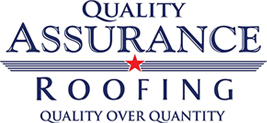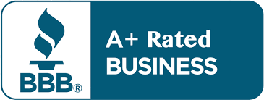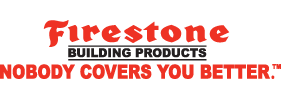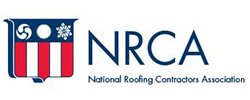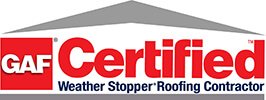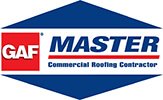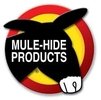While we don’t get the heavy snow, high winds, and freezing sleet of the rest of the country, Rogers’ winter still affords many elements that can negatively affect your home’s roof, and roofing repairs during the colder months of the year will still present their own unique challenges in the gulf coast region. At Quality Assurance Roofing, we’ve compiled a list of helpful winter roofing repair tips to get your roof spotted up and fixed during the cold season. That being said, the winter affords some of the most dangerous conditions for fixing your roof, including an increased chance of slipping and falling, and it is advised to leave repairs to roofing professionals.
Roof Leaks
One of the most frequent roofing issues, especially in the wintertime, is roof leakage. When it comes to roofing leaks, it is important to locate the exact source of the leak as soon as possible both within the home and on the exterior of the house. It is generally pretty easy to determine the cause of a leak, especially after a storm—just look for missing or damaged shingles. To maintain a leak until a professional is able to survey and patch it up, you can weigh a blue tarp over the damaged area using bricks so that no water leaks through the hole. You can also use any sort of elasto-barrier to patch up the hole for smaller leaks—elasto-barrier products can be purchased at any local home improvement store. Additionally, if you are experiencing leakage and don’t seem to have any damage that you can spot from the outside, check to make sure that your gutter isn’t clogged; in some cases of roof leaking, a blocked or clogged gutter can force water to enter up under the shingles, especially if the roof is older, causing it to leak as if there were roof damage.
Damaged shingles
In cases of just a few damaged shingles, the quick fix is to gather some aluminum flashing and roofing cement from your local home improvement store, and cut the flashing about 1 inch narrower than the damaged shingle, and around 3-4 inches longer so that it extends under the shingle tabs on either side of the damaged shingle—if 2 or 3 shingles are damaged in a row, extend this as necessary to cover all damaged area. Using a flat pry bar, carefully loosen the damaged tab and the tabs to the left and right. Next, apply two or three thick beads of roofing cement to the surface beneath the shingle and slip the aluminum flashing underneath. Then apply more cement to the top of the flashing as needed; press down on the tab to adhere the flashing to the roof.
When it comes to a large amount of damaged shingles, it is recommended you contact a roofing company immediately to help with repairs, but in the meantime, the blue tarp trick will help keep the outside elements from entering your home through the damaged roof. If the weather is predicted to get bad soon, it is advised to contact roofing professionals in your area immediately to ensure that your home receives the best available care before your holiday season is underway.
Chimney Check
While you are up on your roof administering your repairs, it is always a good idea to do a quick chimney check and sweep. Peeling chimney paint is among the leading causes of water damage and leaks making their way from the outside of the home to the inside, so always ensure that your chimney is properly swept and painted, and if you don’t have time to repaint during the cold seasons, it’s highly advised to invest in a stainless or copper raincap for your chimney—though these raincaps are always advised.
For more information regarding winter roofing repair tips and suggestions, contact Quality Assurance Roofing today and we’ll be sure to get you set up for your free home inspection today!
